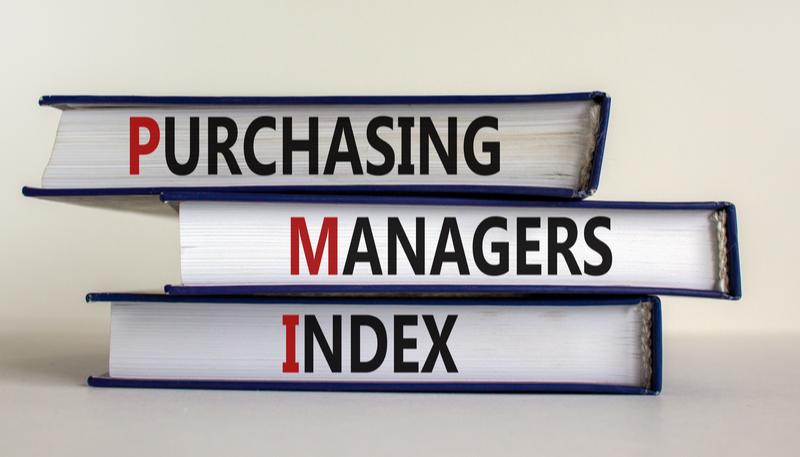
The UAE headline PMI slipped to 52.3 in May from 52.7 in April on slower growth in business activity and new work. The headline index has remained at the 52-handle for the last three months, indicating a steady but modest improvement in business conditions in the private sector over the last quarter. Export growth declined slightly in April, which suggests the growth in new work was as a result of domestic demand continuing to recover.
Nevertheless, firms in the private sector remain cautious on hiring new staff, with the employment index remaining below the neutral 50-level in May, albeit only fractionally. According to IHS Markit, the vast majority of firms kept staffing unchanged in May but some firms reduced headcount due to cash flow constraints. Backlogs of work increased slightly for the second month in a row suggesting that firms may need to boost hiring as the recovery in output continues in the coming months.
Input cost pressures have eased from the March peak, although supplier delivery times lengthened for the fourth month in a row. Firms reduced selling prices slightly as well last month. Businesses remained optimistic on average about the outlook for the coming year, but the degree of optimism is lower than the historical average, with only 14% of respondents in May expecting their output to be higher in twelve months’ time.
.png) Source: IHS Markit, Emirates NBD Research
Source: IHS Markit, Emirates NBD Research
In contrast to the UAE, Saudi Arabia’s headline PMI rose for the third consecutive month to 56.4 in May from 55.2 in April. Business activity grew at the fastest rate since 2017 with 30% of survey respondents indicating higher business output last month. New orders growth also accelerated in May, buoyed by stronger external demand with new export orders increasing at the fastest rate since December 2015. The employment index remained above the neutral 50-level in May, but only slightly, suggesting that firms remain cost-conscious and are focusing on improving productivity.
Businesses increased their stocks of purchases and inventories in response to stronger demand and suppliers improved their delivery times in May. Input costs rose at the fastest rate in seven months and firms passed some of these higher input costs through to higher selling prices.
.png) Source: IHS Markit, Emirates NBD Research
Source: IHS Markit, Emirates NBD Research
Egypt’s headline PMI reading picked up in May, rising to 48.6, from 47.7 the previous month. While this is still below the neutral 50.0 level – and so indicates a contracting non-oil private sector – it is at the slowest pace of contraction since February, and there were some causes for optimism contained within the sub-component indices. Output declined at a slower pace, and while total new orders remained negative, the rate of this contraction also decelerated. It appears that the domestic situation with the pandemic is continuing to weigh on local demand, as new export orders by contrast managed to secure a second consecutive month of positive growth, bolstered by an improvement in freight capacity.
Despite an improving outlook on transport, price pressures remained in play last month with respondents citing higher costs of raw materials. Input prices rose at the fastest pace since September 2019. This fed through to higher output prices, although the rate of increase was slower than in April. Egypt’s headline CPI inflation print is due next week, and all eyes will be watching to see if these pressures start to feed through and boost the reading from the 4.1% seen last month. This could in turn provoke a more hawkish turn from the CBE at its June 17 meeting.
The employment index continued its decline, but at a slower pace than in April, and most firms kept their workforce at the same size. Despite this ongoing contraction in private sector employment, headline unemployment has fallen to 7.2%, suggesting that people have stopped looking for work or are being absorbed by the public sector, which we expect to drive GDP growth this year. Firms remain bullish on the outlook all the same, with the optimism measure at its highest level since February 2018.